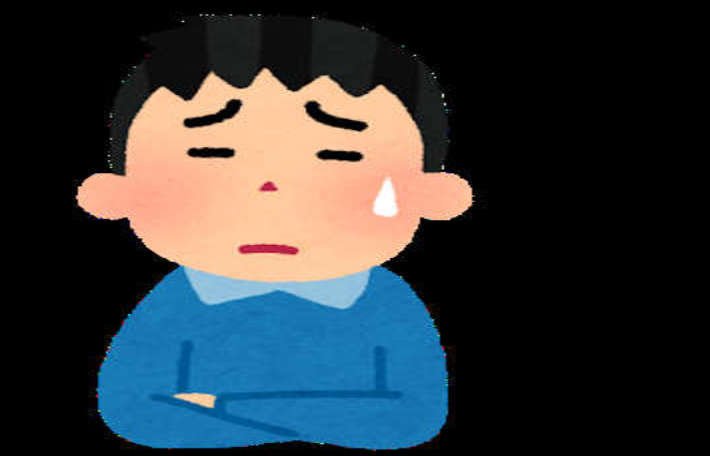今日は夏至か…

今日、夏至ですよね? 明日からは日の出や日の入りの時刻の間隔が狭くなっていって、日中の時間が少しずつ短くなっていくと思うと、ちょっぴり寂しいですね。
冬至の日は『ん』のつく食べ物を食べるといいということで、かぼちゃを食べようと意識することはあります。実際に冬至の日にかぼちゃを食べられないこともありますが…。かぼちゃは別名で南瓜 ( なんきん ) で『ん』が 2つもつく、そして、英語だと pumpkin で日本語で表記するとパンプキンで、これまた『ン』が 2つもつくということで冬至に持ってこいの食材なんですよね。
さて、夏至の日にはこういう『○○』のつく食べ物だとか、そういうのあるのかな? 近いところで土用の丑の日で『う』のつく食べ物がいいとかあるようなので、夏至の日はとくにないのかな?
まぁ、今年ももうすぐ半分が経とうとしているんですよね…。
Note:
Including this green text, the following text is a translation of the Japanese article above, done by Using an Internet translation service. There may be parts that have a different meaning in the translation. I apologize for any such instances.
oday is the summer solstice, isn’t it?
Today is the summer solstice, right? Starting from tomorrow, the duration between sunrise and sunset will gradually become shorter, and the daytime will slowly decrease. It feels a bit lonely to think about it.
On the winter solstice, it is said that it’s good to eat foods with the sound ‘n’ in them, so I sometimes consciously think about eating pumpkin. Although I may not always have the opportunity to eat pumpkin on the actual day of the winter solstice… Pumpkin is also known as “nankin” in Japanese, which has two ‘n’ sounds, and in English, it is spelled as “pumpkin,” which also has two ‘n’ sounds. So, it’s a perfect ingredient for the winter solstice, isn’t it?
Well, I wonder if there are any foods with the sound “○○” that are traditionally eaten on the summer solstice? I know that on the Doyo no Ushi no Hi (Day of the Ox in Midsummer), it is believed to be good to eat foods with the sound “u.” But I’m not sure if there are any specific food traditions for the summer solstice.
Well, we’re already nearing the halfway point of the year…

この記事へのコメントはありません。